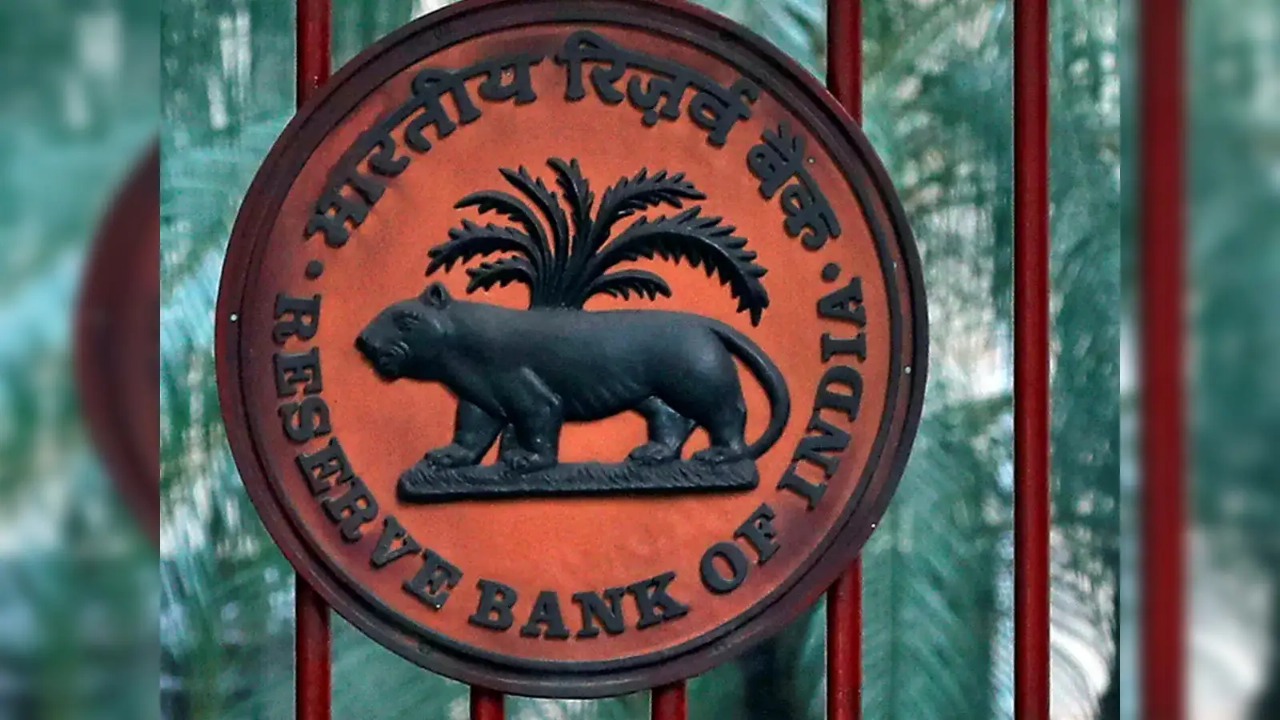The Reserve Bank of India (RBI) has announced a three-day Variable Rate Reverse Repo (VRRR) auction scheduled to begin on August 11, 2025, with a notified amount of ₹500 billion. This monetary policy tool is part of the central bank's ongoing efforts to manage surplus liquidity in the banking system and maintain short-term interest rates within the targeted corridor.
Key Highlights of the VRRR Auction:
The auction will operate under the Liquidity Adjustment Facility (LAF) framework, allowing banks and financial institutions to place funds with the RBI for short durations at variable interest rates determined through competitive bidding.
The three-day tenor auction aims to absorb excess liquidity temporarily from the banking system in a fine-tuned manner to ensure smooth functioning of the money market and to bring the Weighted Average Call Rate (WACR) closer to the policy repo rate, currently at 5.50%.
The announced ₹500 billion auction amount responds directly to the existing systemic liquidity surplus, which has remained elevated in recent months, averaging around ₹3 to 4 trillion, partly due to government cash balances and monetary inflows.
VRRR auctions differ from fixed-rate reverse repos by introducing market-driven interest rates, making them a flexible and dynamic tool for liquidity management.
Participation in these auctions helps banks optimize their short-term cash positions by placing surplus funds with the RBI at competitive rates, thereby preventing excessive downward pressure on interbank lending rates and supporting overall monetary policy transmission.
Liquidity Management Context:
India’s banking system has been experiencing a persistent liquidity surplus fueled by robust government spending, RBI’s previous liquidity infusion measures, and subdued credit growth. The RBI’s VRRR auctions, including the upcoming three-day auction, serve to mop up this excess liquidity temporarily, helping anchor short-term rates within the Liquidity Adjustment Facility corridor defined by the Standing Deposit Facility (floor) at 5.25% and Marginal Standing Facility (ceiling) at 5.75%.
Recent VRRR auctions have been actively absorbing trillions of rupees cumulatively, with bids at or near the cut-off rate around 5.49% to 5.50%, reflecting close alignment with the repo rate. These operations complement other monetary tools like Open Market Operations (OMO) and Cash Reserve Ratio adjustments to ensure liquidity conditions remain balanced.
Expected Market Impact and Outlook:
The three-day VRRR auction on August 11 is expected to witness active participation from scheduled commercial banks and mutual funds aiming to manage short-term liquidity efficiently. The absorption of ₹500 billion will likely provide upward support to the overnight call money rate and help maintain it near the policy repo rate, enhancing the effectiveness of the RBI’s accommodative monetary stance.
This auction is timely given upcoming government cash flow movements and the persistence of large liquidity surpluses. Market experts anticipate the WACR to remain stable around the repo rate post-auction, with volatility contained within the LAF corridor, thereby supporting stable borrowing costs for banks and ultimately benefiting credit growth.
Conclusion:
The RBI’s decision to conduct a ₹500 billion, three-day Variable Rate Reverse Repo auction under the Liquidity Adjustment Facility on August 11, 2025, reflects an ongoing commitment to nimble, market-driven liquidity management. This move aims to absorb excess banking system liquidity, stabilize short-term interest rates, and support the transmission of monetary policy in a rapidly evolving economic environment.
Source: Reserve Bank of India official announcements, Business Standard, Economic Times
